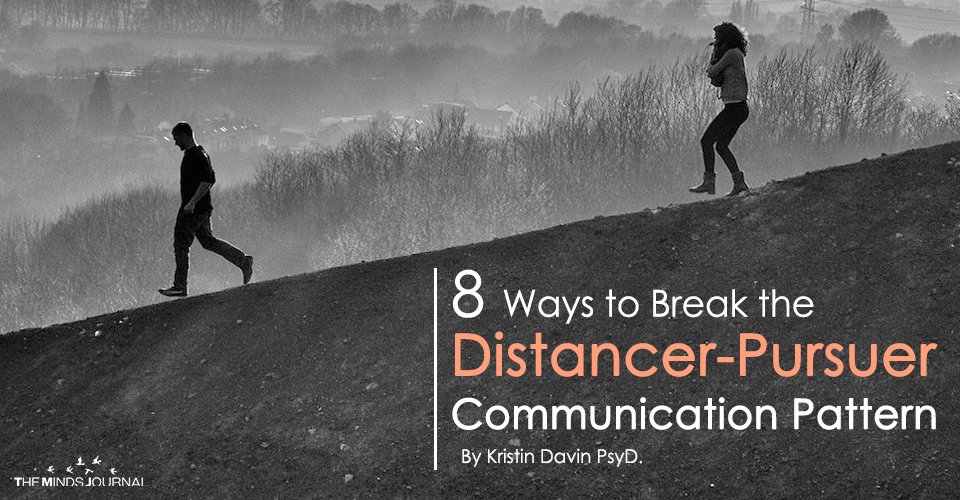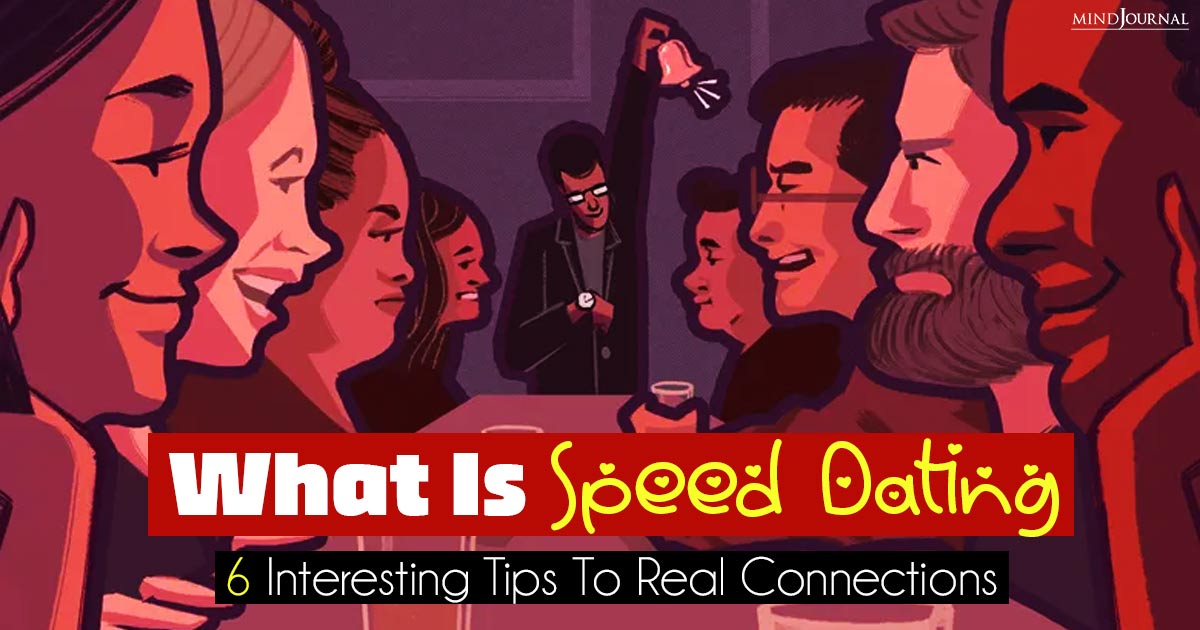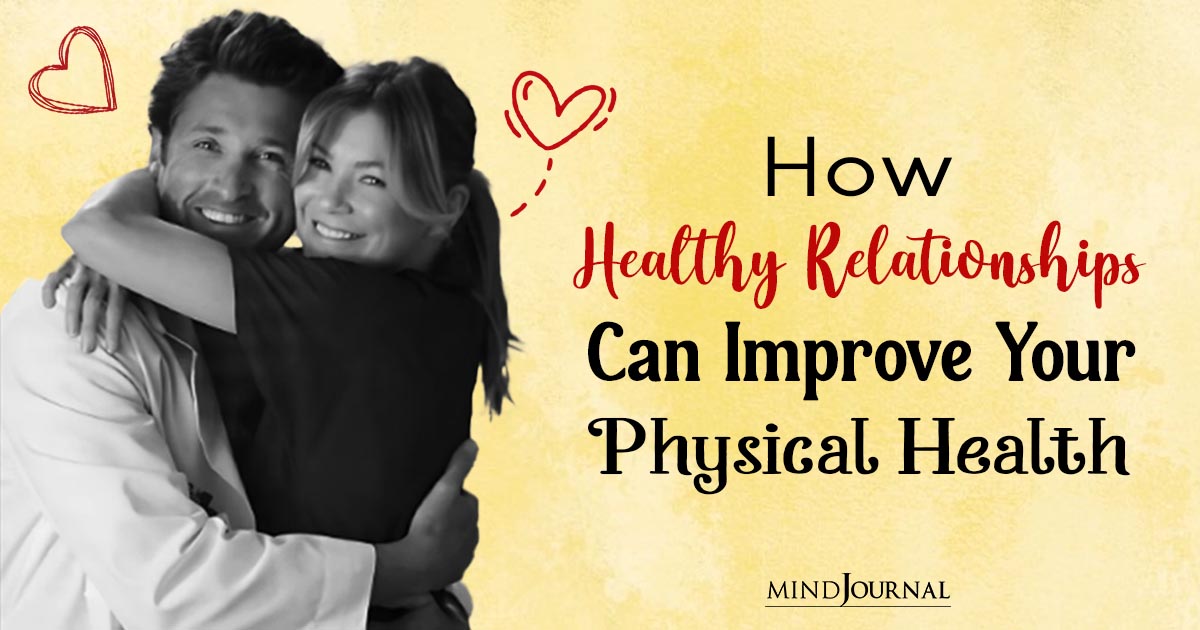The ways in which two people communicate starts with their family of origin – their first family.
That doesn’t mean they cannot change, but our first family is our template and speaks volumes about who we are and how we communicate our needs.
In essence, how we learn to communicate and manage conflict is a ‘dance’ between two people. And sometimes people dance very well together – they have all the communication – verbal and nonverbal down to a science. It simply works. While others, no matter how they try, feel like they are dancing with two left feet. And many couples find it difficult to change the pattern they have created or extricated themselves from them.
These patterns of interaction are fostered due to one or both partners’ limitations in effective communication skills, as well as not being able to understand, identify, own, and express their feelings of fear and vulnerability. Often times each person has fears that the relationship will not work out (even if expressed differently), that their partner will not have their back and be available, that they will not feel safe in their relationship and that their safe haven is being jeopardized. These all make people feel equally vulnerable.
How do all these factors get played out? In one of the most common communication patterns: the Distancer-Pursuer relationship.
According to John Gottman, Ph.D., Professor Emeritus and chief psychology ‘guru’, the tendency of men to withdraw and women to pursue is wired into our physiological makeup and reflects a basic gender difference.
Women tend to be the Pursuer – wanting to engage in communication and continue to try and talk it out – despite the futility at the time. They will do this until their needs are met.
Men, on the other hand, tend to be the Distance – they want to flee the argument and run to their man cave. They run (often for the hills!) when they feel pursued. They want to avoid conflict. They also need space and time, a cooling off, time to focus and process. The Pursuer doesn’t see it that way. They certainly don’t feel it that way. They want to connect now and figure it out now. They often become increasingly critical.
As you can imagine, this sets up a dynamic that, if not recognized, can get couples stuck in a pattern with little chance of resolving the conflict to a degree that is agreeable to both parties. Every time there is a conflict or a disagreement, they each play out their role, with increased frustration. One partner who is seeking security as a way to assuage their anxiety reaches for the other in their attempt to want more contact. Their partner may feel overwhelmed by this and actually does the opposite of what the other needs – they create space and withdraw to relieve their anxiety.
As a result, a pattern of relating is established. And you can imagine, this type of communication style is a major contributor to a marital and relationship breakdown. Unfortunately, many couples who fall into this pattern early in marriage do not make it to their fifth anniversary – while others are wired in it indefinitely!
Stacy and Ron
In the early stages of their relationship, Stacy and Ron spent a lot of time together. However, as time progressed and they moved out of the honeymoon stage, Ron started spending more time with friends as he had done before his relationship with Stacy. She in turn, started to feel insecure and demanded more time and attention from him. Ron felt pressured and started to withdraw and spend more time with his friends. Stacy felt the distance and because she was insecurely attached became more aggressive in her attempts to connect and started to text and call him more. You can imagine how well that went over! Without taking a break or hitting the pause button, this type of dance continued for a long time until they were able to gain a better understanding and insight into each other’s communication patterns and underlying attachment needs. They were able to break their cycle.
8 Ways to resolve this pattern and create a healthier relationship.
1. Know your communication style
Have a conversation about your own first family and how your parents and other family members communicated with one another. This is key. Look for differences and similarities. Have that conversation. What IS your communication style? Do you pursue? Do you distance? Are you passive aggressive? Aggressive? Passive? Understanding your style and garnering insight can lead to change.
2. Create greater safety and trust
Build a strong foundation – just like the strong foundation of your home. Begin with a soft startup (Is this a good time to talk and if not, when?). This allows both people to be on equal footing and can start the conversation with both people feeling optimistic and on the same page. This means honoring how each person feels even if you disagree. This allows each person to feel ‘safe’ that they can share how they feel.
3. Recognize patterns
Are there certain trigger words? Trigger behaviors? We ALL have them. What are yours? How will you catch yourself? Are there certain times that you feel more overwhelmed or need to continue to have the conversation?
4. Have a plan
Recognize and examine when moments of disconnection occur. Start to slow down the “spin cycle” so you can give it the closer examination. For example, make a plan to take a timeout. When both people are flooded with emotions your brain is literally on overdrive. By taking a timeout – say 30 minutes or so – couples can decrease their anxiety and start to talk about the issue at hand again.
Come up a plan BEFORE you start to argue or when there are moments of calm when cooler heads prevail and they are at a good place. Observe the process of communication within the relationship – not the content or the topic. The goal is not to figure out how to manage every topic or discussion, but to create a different processor dance- that will allow each of you the opportunity to change how you communicate with one another.
5. Alternative communication
For example, I am not a huge fan of texting – especially something serious and in depth – however, if people limit themselves to only talking to one another in person, they may feel very frustrated, especially in the beginning. Some people do better at email (which gives them the time to share feelings). You can use this a springboard to deeper conversations. Some couples start a journal together as they learn how to communicate in more effective and healthy ways.
6. Have a ‘we’ attitude
Nothing creates greater intimacy and a stronger relationship when both people feel and say they are on board. They also recognize they may have many ‘fits and starts’ and that’s ok – but if they both feel they are in this together and want to find a way out of their unhealthy ‘dance’ they have created, that speaks volumes!
7. Manage your own emotions
In times of stress, we are flooded with emotions. Each person needs to have the emotional bandwidth to manage their own shi*t. This is our number 1 responsibility in life. You don’t like how you behaving? Ok. Change it. It’s not your partners/spouse job to manage your emotions.
8. Stay on topic
Nothing says let’s fight more by bringing up all the issues that you feel are still unresolved. When you are in the midst of a discussion – stay on topic. By choosing one thing to discuss and leaving the other issues to another time, will help each person stay on task. And by the way, this can also be part of your plan! (see # 4)
Eventually, you will both get to a better place – one in which you can stay in the conversation, recognize your triggers, and make a plan to stay connected! (Yes, this can happen) By doing that, you will ultimately create a stronger relationship, one that you both believe will stand the test of time, with both people feeling better about they communicate with one another.
Written by Kristin M. Davin, Psy.D.
Solution Focused Psychologist & Coach
Originally appeared on KristinDavin.com
You may also like
Your Attachment Style Influences The Success Of Your Relationship
3 Secrets To Achieving Love Without Attachment
9 Good Signs That You’re In The Right Relationship









Leave a Reply
You must be logged in to post a comment.